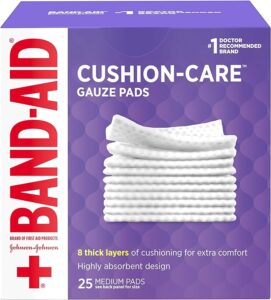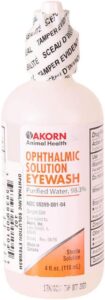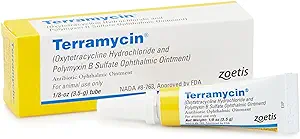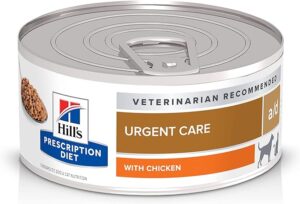Introduction
Definition of third eyelid in cats
Cats have a third eyelid, also known as the nictitating membrane. It is located in the inner corner of their eyes. Unlike the upper and lower eyelids, the third eyelid in cats moves horizontally across the eye. They provide an additional layer of protection and lubrication. This membrane also contains a gland that produces approximately one-third of the tears needed to lubricate the eyes.
Importance of understanding why a cat's third eyelid may be showing
It’s important for cat owners to understand why their cat’s third eyelid may be showing. It can be a sign of an underlying health issue. Some instances of third eyelid showing in cats may be minor and resolve on their own. Others can be an indication of a more serious condition that requires prompt veterinary attention. Additionally, knowing how to recognize and treat third eyelid showing can help prevent potential complications. This will ensure that your cat remains healthy and happy.
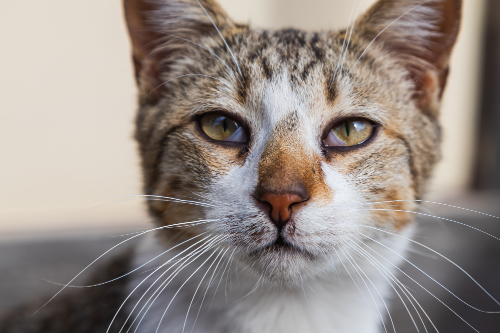
Anatomy of the Cat Eye
Basic structure of the cat eye
The cat eye is a complex structure designed to help them see in various light conditions. The eye is made up of several parts, including the cornea, iris, pupil, lens, retina, optic nerve, and eyelids. The cornea and lens focus light onto the retina. This retina contains specialized cells that convert light into electrical signals that are sent to the brain for processing.
The role of the third eyelid in eye health
The third eyelid in cats plays an important role in maintaining eye health in cats. It provides an additional layer of protection for the eye, helping to keep it moist and free of debris. The membrane also contains a gland that produces tears. These tears help to lubricate the eye and wash away any foreign particles.
Differences in the appearance of the third eyelid in cats
The appearance of the third eyelid in cats can vary. In some cats, the third eyelid may be barely visible. While in others it may be more prominent. Additionally, the third eyelid may appear to be raised or swollen in cats with certain eye conditions or health issues. It’s important to be familiar with the normal appearance of your cat’s third eyelid. This way you can recognize any changes that may indicate a problem.
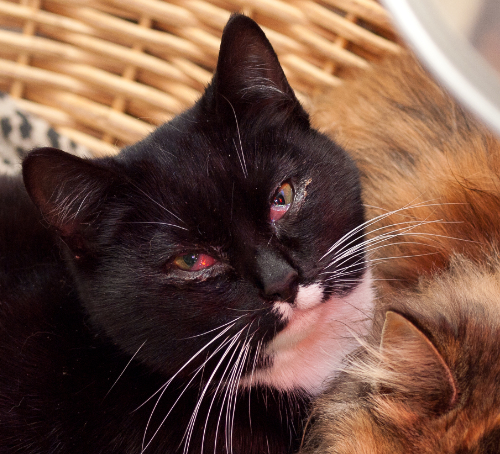
Causes of Third Eyelid in Cats Showing
Common causes of third eyelid showing
The most common cause of third eyelid showing in cats is due to minor eye irritation or inflammation. This could be caused by something as simple as a small particle of debris that has entered the eye. In these cases, the third eyelid in cats will typically return to its normal position once the irritation or inflammation is resolved.
Less common but serious causes of third eyelid showing
Less common but more serious causes of third eyelid showing in cats can include eye infections, trauma to the eye, and neurological problems. Haws syndrome can also cause the third eyelid to protrude. This is a condition that affects the nerves that control the third eyelid in cats,
Symptoms to watch for that may indicate a more serious underlying condition
Is the third eyelid in cats showing? And are they displaying any other symptoms such as squinting, excessive tearing, or redness in the eye? It may indicate a more serious underlying condition. In some cases, cats may also experience changes in appetite or behavior. This could be a sign of pain or discomfort. Check if you cat has a fever. This also causes third eyelids showing. Do you notice any of these symptoms? Then it’s important to seek veterinary care to determine the underlying cause and begin treatment.
Home Treatment for Third Eyelid in Cats Showing
In many cases, a cat’s third eyelid showing can be a minor issue. In this case it can be resolved with some basic home treatment. Here are some tips for treating the third eyelid in cats at home:
Tips for home treatment:
Keep the eye clean: Use a damp, clean cloth to gently wipe away any discharge or debris around the eye. Make sure to use a fresh part of the cloth for each wipe. Gauze pads come in very handy.
- Use eyedrops to lubricate the eye and flush out any debris that is causing the irritation of the eye. Like the one below for example.
- If the third eyelid is red then it is inflamed. Use the following eye drops to stop the infection twice a day. Stop using when the eyelid has returned to it’s normal position for 3 days. Do not stop sooner.
Provide supportive care: Keep your cat comfortable by providing them with a warm, quiet space to rest in. You may also consider providing a soft bed or blanket for them to lay on.
-
-
-
Offer plenty of fluids: Encourage your cat to drink plenty of water to help keep them hydrated.
-
-
- Make sure they eat a bit during the day. For cats it is very important to eat at least a third of the normal amount of food. Otherwise the liver may be damaged, causing them to die. Use warm, moist food for cats. And use a syringe if they don’t want to eat.
Monitor their behavior: Keep an eye on your cat’s behavior. If they seem lethargic, it may be a sign of a more serious underlying condition.
When to seek veterinary attention:
Home treatment can be effective for mild cases of showing third eyelid in cats. But it is important to seek veterinary attention if your cat is feeling awful. Also seek care if you are in doubt about:
The third eyelid in cats is showing in one eye only: This may indicate an injury or infection in the affected eye.
The third eyelid in cats is swollen or red: This may be a sign of infection or inflammation.
The third eyelid is protruding or visible all the time: This may indicate a more serious underlying condition. Such as haws syndrome or a tumor.
Your cat is showing other symptoms such as fever, lethargy, or loss of appetite: These symptoms may indicate an underlying illness or infection that requires medical attention.
It is important to remember that cats are skilled at hiding pain and discomfort. Do you notice any changes in your cat’s behaviour or appearance? In that case it is always best to consult with a veterinarian to ensure their health and wellbeing.
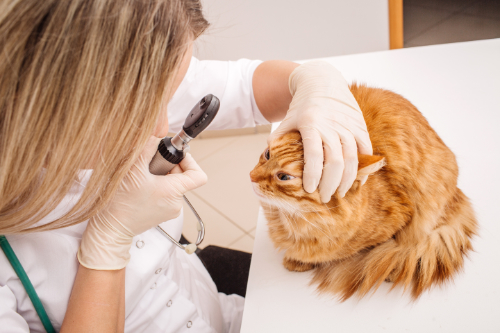
Why to see a Veterinarian
Importance of prompt veterinary attention
It is important to seek veterinary attention promptly if the third eyelid in cats is showing. While it can be a minor issue, it may also be a symptom of a more serious underlying condition. Delaying treatment may lead to worsening of the condition and potentially life-threatening complications.
Diagnostic tests that may be performed by a veterinarian
When you take your cat to the veterinarian, they perform a physical examination of your cat and espacially his eye. They may recommend additional diagnostic tests to determine the underlying cause of the third eyelid showing. These tests may include blood work, urinalysis, x-rays, or an ultrasound.
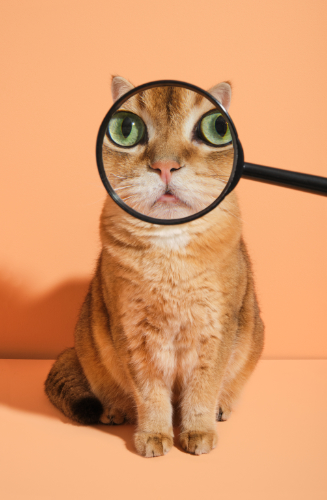
Treatment options for underlying conditions that may cause third eyelid in cats showing
The treatment for third eyelid in cats showing depends on the underlying cause. Your veterinarian may prescribe medications such as antibiotics or anti-inflammatory drugs, or recommend surgery in some cases. It is important to follow your veterinarian’s recommendations. This will ensure that your cat receives the proper treatment and has the best chance of recovery.
Conclusion
In conclusion, third eyelid in cats showing can be a sign of a minor issue or a more serious underlying condition. As a responsible pet owner, it is important to monitor your cat’s health. Seek prompt veterinary attention if you notice any changes in their behaviour or appearance, including the appearance of their third eyelid. By understanding the causes, symptoms, and treatment options for third eyelid showing in cats, you can help ensure your feline companion receives the best care possible.

